How To Cook Make-Ahead Turkey Gravy
4.5
(8)
Your folders
Your folders
Servings: 2.5
Cost: $23.45 /serving
Author : Faith Durand
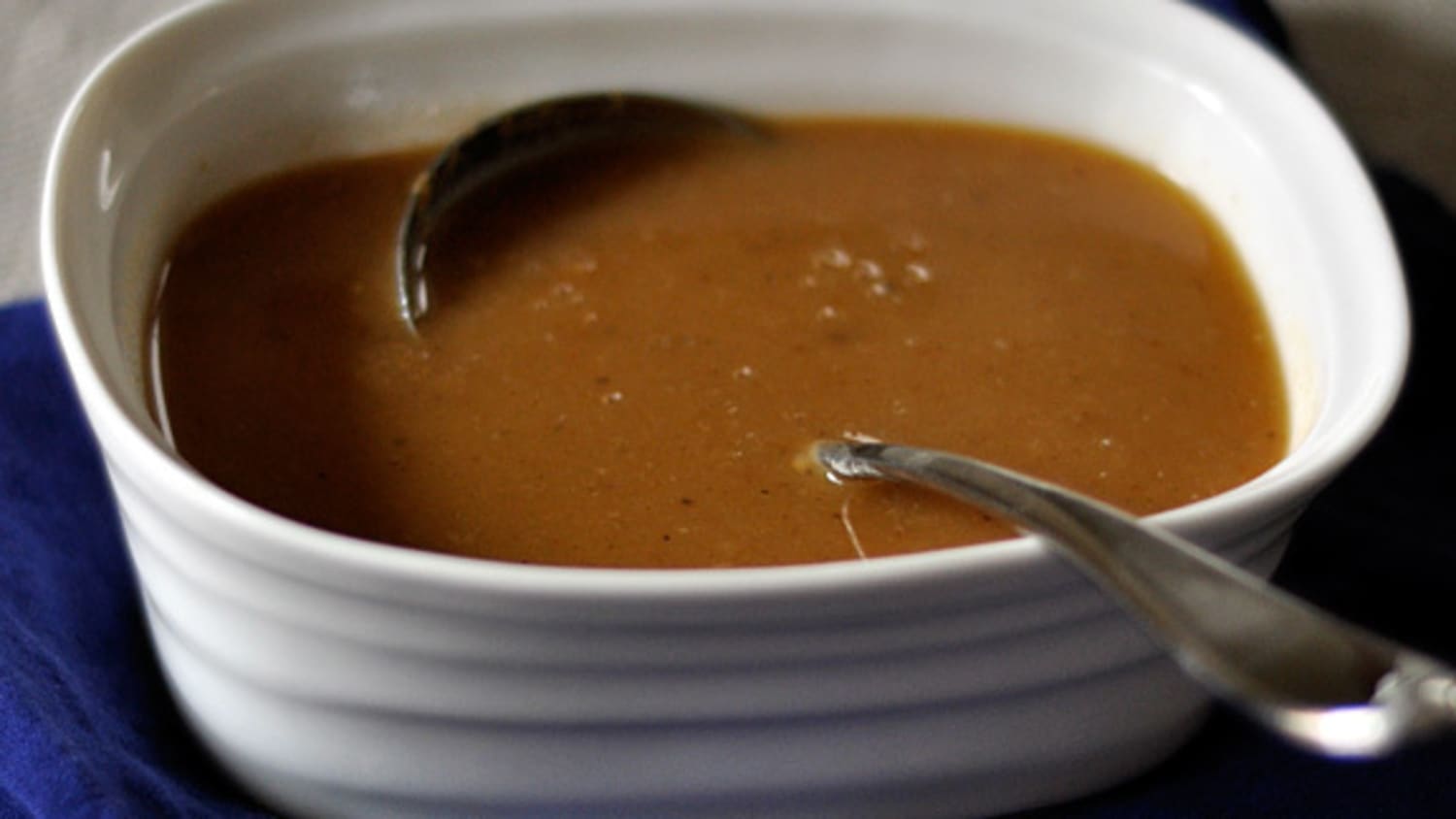
Ingredients
Export 8 ingredients for grocery delivery
Instructions
Step 1
Roast the turkey pieces. Arrange a rack in the middle of the oven and heat the oven to 400°F. Pat the turkey pieces dry with paper towels and place them in a roasting pan. Generously season with salt and pepper. Roast until the turkey is cooked through and browned, about 1 1/2 hours.
Step 2
Remove some meat from the turkey pieces. Remove from the oven and let the turkey cool slightly. Shred some of the meat from the bones. How much you shred is up to you: If you don't leave anything on the bones it will be to the poverty of your stock. But it is not necessary to leave all the meat on the bones; certainly remove a good deal of it for eating. (I removed a little over half.)
Step 3
Deglaze the roasting pan. Now that the turkey is removed from the pan, you can deglaze all the fat and juices it left behind in the roasting pan. Place the pan over medium-high heat until the fat begins to sizzle. Add the wine or sherry a few tablespoons at a time, stirring constantly and breaking up any bits clinging to the bottom of the pan. When the pan is clean and only liquid remains, turn off the heat and pour the liquid off into a clean jar or heatproof bowl. Refrigerate.
Step 4
Cover the turkey bones with water. Place the turkey bones and remaining meat in a 4-quart or larger pot. Peel and roughly chop the onion and add to the pot. Don't peel the carrots. Chop them and the celery and add them to the pot. Add the peppercorns, bay leaf, and herbs if using. Add enough water to just cover.
Step 5
Make turkey stock. Bring the pot to a full, rolling boil over medium-high heat. Reduce the heat until the pot is simmering. Cover, partially, with a lid, and simmer for as long as you can let it go. (This is one of many steps in the process that are really up to you. If you can only cook it for an hour, it won't be as rich, but it will still be wonderful.) It's ideal to let it simmer for several hours at least. Check it frequently, however, and make sure that the liquid level isn't slipping down too far.
Step 6
Strain the turkey stock. When you're done simmering the turkey stock and are ready to make gravy, turn off the heat and strain the broth through a fine-mesh strainer into a bowl. Press down on the turkey meat and bones to release all the liquid. You should have at least 6 cups of stock (you'll need 5 cups for the gravy) — hopefully more. (This might sound like heresy to some, but honestly, there is nothing wrong with setting your first, richer stock aside and refilling the pot and going for a second round. The resulting stock will be thinner and not as rich, of course, but it's still extremely delicious for soups and other cooking projects.)
Step 7
So now you have your turkey meat, and a big pot of turkey stock. Time to make the actual gravy! If you have refrigerated your turkey stock, scrape any fat off the top and set aside. Measure out 5 cups of turkey stock and set it aside.
Step 8
Make a roux with fat. Add about 1/4 cup of the fat to a 2-quart saucepan or sauté pan. What kind of fat is up to you. Scrape what you can off the pan drippings you set aside earlier, and augment with fat off the stock, if you have it. Make up any difference with butter. This doesn't need to be exact; it can be approximate. After the fat foams up in the pan, add the flour. Cook the flour over medium-low heat, stirring constantly. When it turns a pale brown, it's time to add the stock.
Step 9
Whisk the stock into the roux. Add about 1/2 cup of the stock and whisk vigorously to smooth out lumps. Add the remaining 4 1/2 cups and any remaining pan drippings and whisk again. Bring to a boil, whisking frequently. (A flat whisk here is very helpful.) When it boils, whisk vigorously until the gravy thickens. Turn off the heat. Taste and season, if necessary, with salt and pepper. Depending on how well you strained your stock, there may be bits of turkey in your gravy at this point. If you want to, you can strain the gravy again into a bowl.
Step 10
Cool and store your gravy. Let the gravy cool slightly, then pour into a freezer-safe container or bag, and freeze.
Step 11
Thaw and reheat for Thanksgiving. Thaw in the fridge overnight, then reheat over low heat, whisking to smooth out any separation.
Top similar recipes
Curated for youYour folders

 299 views
299 viewsMake-Ahead Turkey Gravy
food52.com
3.7
(9)
2 hours, 30 minutes
Your folders

 412 views
412 viewsMake-Ahead Turkey Gravy
allrecipes.com
4.7
(432)
2 hours
Your folders

 329 views
329 viewsMake-Ahead Turkey Gravy
foodnetwork.com
4.3
(26)
30 minutes
Your folders
 255 views
255 viewsMake-Ahead Turkey Gravy
foodnetwork.com
4.6
(13)
30 minutes
Your folders
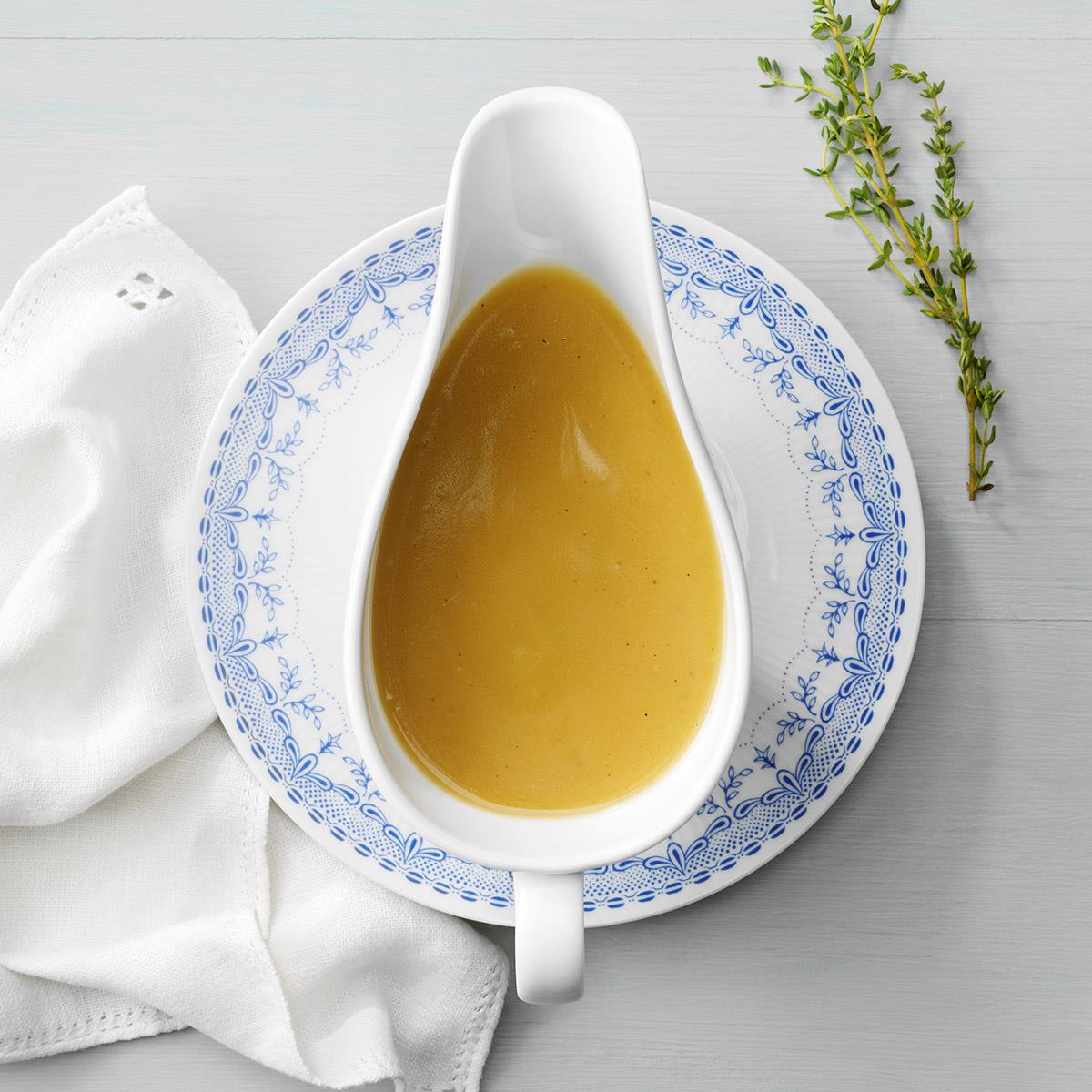
 288 views
288 viewsMake-Ahead Turkey Gravy
tasteofhome.com
4.7
(14)
10 minutes
Your folders
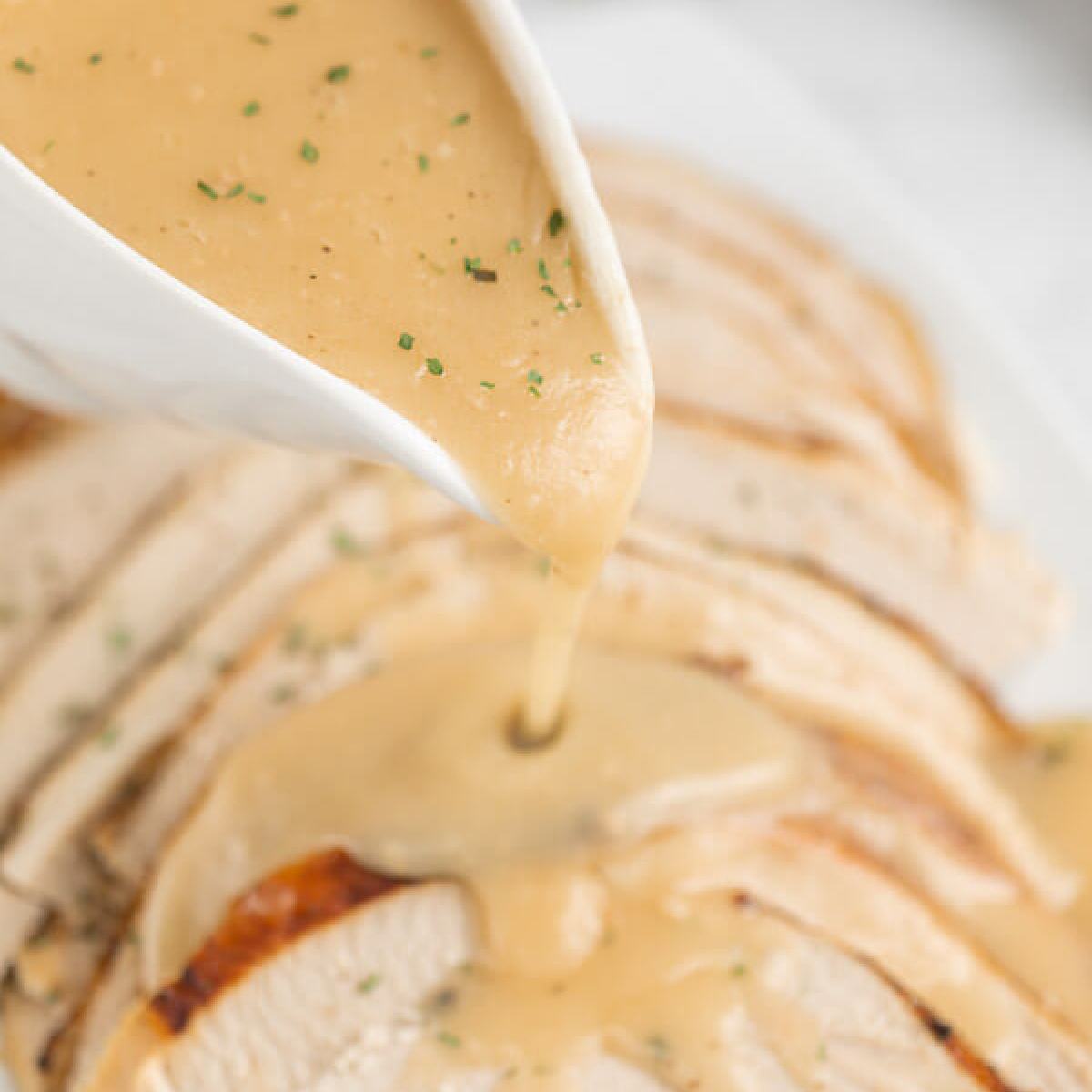
 196 views
196 viewsHow to Make Turkey Gravy
eatingonadime.com
5.0
(16)
10 minutes
Your folders
 77 views
77 viewsHow to Make Turkey Gravy
eatingonadime.com
Your folders
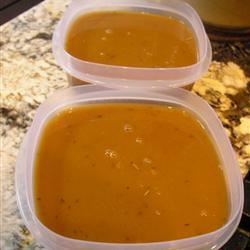
 241 views
241 viewsRich Make-Ahead Turkey Gravy
allrecipes.com
4.6
(98)
2 hours, 30 minutes
Your folders

 256 views
256 viewsMake-Ahead Delicious Turkey Gravy
food.com
5.0
(10)
Your folders

 135 views
135 viewsMake Ahead Roasted Turkey Gravy
nobiggie.net
Your folders

 491 views
491 viewsMake-Ahead Gravy
cooking.nytimes.com
4.0
(1.2k)
Your folders
 335 views
335 viewsMake-Ahead Gravy
foodnetwork.com
30 minutes
Your folders
 190 views
190 viewsMake-Ahead Gravy
thepioneerwoman.com
3.7
(3)
Your folders

 188 views
188 viewsMake Ahead Gravy
cafehailee.com
4.9
(15)
Your folders
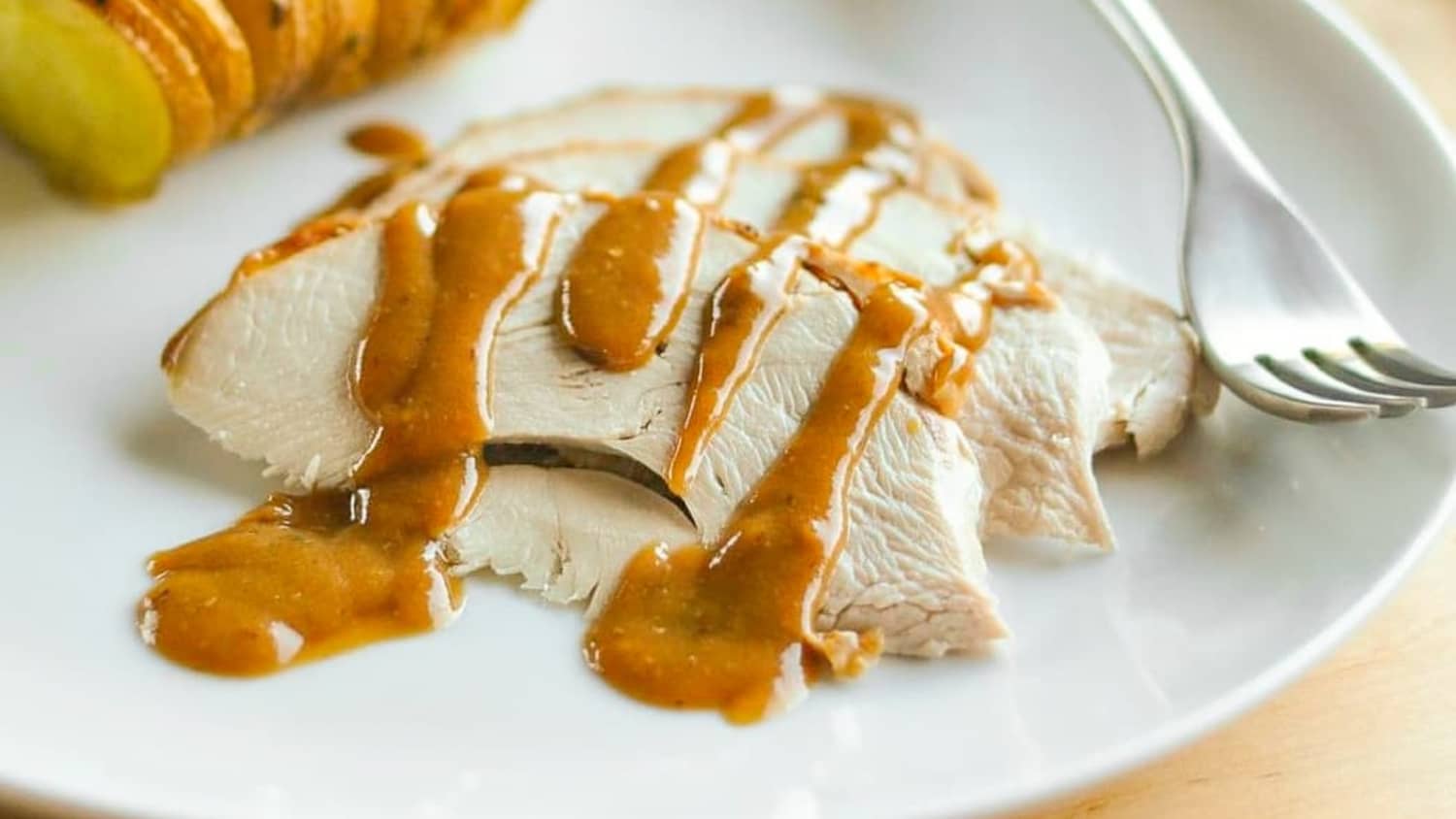
 275 views
275 viewsHow To Make an Easy Turkey Gravy
thekitchn.com
5.0
(1)
Your folders
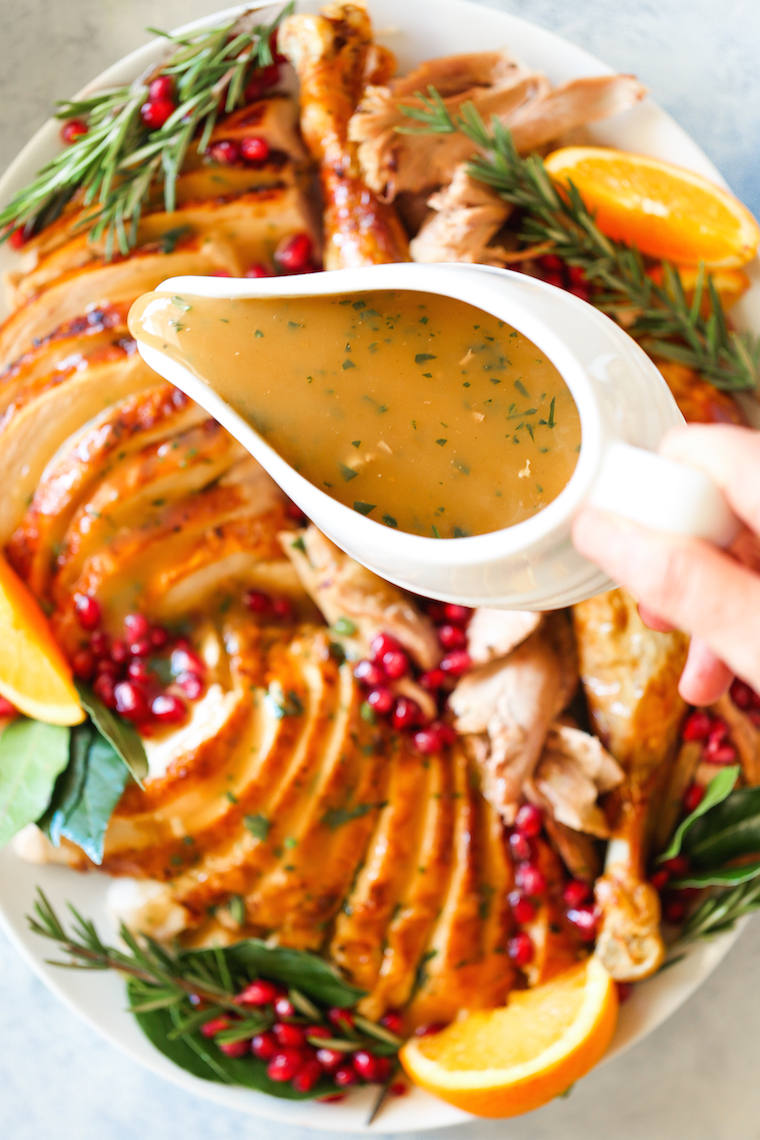
 127 views
127 viewsHow to Make the Best Turkey Gravy
damndelicious.net
4.9
(99)
15 minutes
Your folders

 305 views
305 viewsHow to Make Gravy
wikihow.com
100.0
(1)
Your folders

 576 views
576 viewsHow to Make Gravy
thestayathomechef.com
4.4
(10)
5 minutes
Your folders
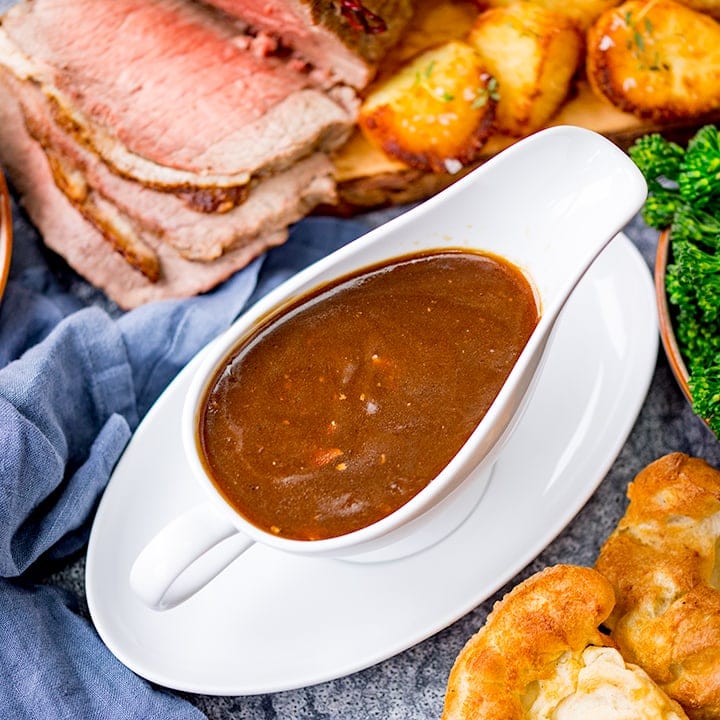
 326 views
326 viewsHow to make gravy
kitchensanctuary.com
4.3
(3)
10 minutes